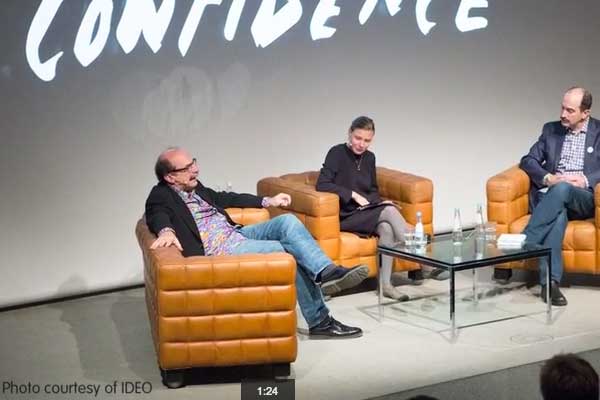Getting Started
Ideation can be one of the most stimulating and enjoyable activities in the biodesign innovation process. Use the steps below to get started in planning and carrying out fruitful concept generation.
Understand Basic Ideation and/or Brainstorming Concepts
What to Cover
Be sure that all team members share a common understanding of key ideation and/or brainstorming processes and rules. Agree on the approach that will be used to address the need defined in the team’s need specification(s).
Where to Look
- Tom Kelley, The Art of Innovation (Currency/Doubleday, 2001).
- Stefan Thornke and Ashok Ninigade, “IDEO Product Development,” Harvard Business School Case, 2000 (available for purchase).
- Katie Barry, Ellen Domb, and Michael S. Slocum, “TRIZ—What Is TRIZ?” TRIZ Journal, 2006.
- Min Basadur, Simplex: A Flight to Creativity (Creative Education Foundation, 1995).
Define the Topic
What to Cover
Define a topic that clearly lays out the scope of the session. The topic should identify the core need being investigated without giving the group any preconceived notions about what the “right” solution might be.
Where to Look
Refer to the need specification defined as part of 2.5 Needs Selection as a starting point.
Identify Participants
What to Cover
Identify individuals who are creative, can bring interesting, insightful viewpoints, are open-minded, and will represent a diversity of perspectives. Strike a balance between “experts” and more general but creative contributors, and be certain that different functional areas are represented (clinical, engineering, business).
Where to Look
A group of four to seven people is ideal for brainstorming, not including the facilitator and scribe. The inventors hosting the session should leverage their personal networks to identify brainstorming participants.
Choose a Facilitator
What to Cover
Based on the topic being discussed and the participants who will attend, choose a facilitator with enough subject matter knowledge to command respect, but not so much that s/he will unduly bias or otherwise influence the group. Be sure the facilitator is well versed in the brainstorming rules and (whenever possible) has experience leading successful brainstorming sessions.
Where to Look
The inventors hosting the session should also leverage their personal networks to identify an appropriate facilitator. Professional innovation and idea creation consulting firms, such as IDEO, Lunar, and Phillips+Co., can be hired to lead formal brainstorming sessions for inventors and companies with access to adequate funding.
Prepare for the Session
What to Cover
Meet with the facilitator to ensure his/her understanding of the session’s topic and to agree on the desired outcome. Identify an appropriate location and decide on an approach for conducting the meeting (white boards, flip charts, sticky notes, etc.). Put together and distribute pre-reading materials for all participants to review before the session, including the brainstorming rules. Pull together appropriate “props” to stimulate thinking in the meeting and plan the warm-up exercise. Identify scribes to take notes and prepare them for this role.
Where to Look
- Location – If available, book a brainstorming room. Keep in mind, however, that any area will do, as long as there is ample space, the right supplies, and an environment in which the group will not be distracted.
- Widgets andMedical Props – Bring modeling clay, Legos, pipe cleaners, and other materials to help stimulate creativity. Companies such as the Anatomical Chart Company, the Anatomy Warehouse, EduGraphics.net, or Anatomy Resources.com sell anatomical charts and 3-D anatomical models. Other medical-related supplies can be purchased from companies such as Spectrum Surgical Instruments. Animal organs and bones can typically be purchased inexpensively from a local butcher supply.
Conduct the Session and Capture Output
What to Cover
Execute the plan that has been developed, enforce the brainstorming rules (if applicable), and stay within the allotted time (60-90 minutes). During and immediately after the session, record all ideas generated. Remember to capture the results by gathering the flip chart sheets and crude prototypes and/or taking digital pictures of the whiteboards, props, etc., beyond the notes taken by the scribe. Consider taking a photo of the team during one of the brainstorming sessions to show later at the dinner celebrating the FDA approval of the device!
Where to Look
Refer back to the brainstorming rules to help keep the session on track.



